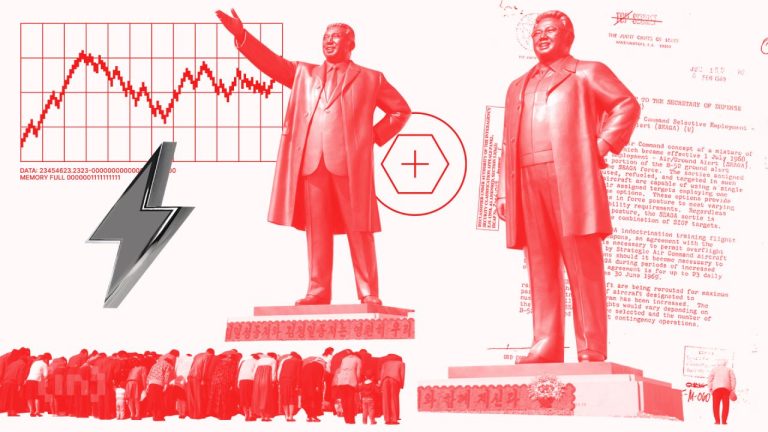
How to Incorporate Cardio into Your Weight Loss Plan
Takeaways: Cardio is a crucial component of any effective weight loss plan. By integrating various forms of cardiovascular exercise into your routine, you can boost calorie burning, enhance heart health, and improve overall fitness. Whether you prefer running, cycling, or swimming, there are numerous ways to make cardio enjoyable and sustainable.
When it comes to losing weight, diet and exercise are the two key components to success. While many focus on caloric restriction, adding cardio to your routine can significantly enhance your weight loss efforts. In this article, we will explore how to effectively incorporate cardio into your weight loss plan, the types of cardio exercises you can do, and tips to stay motivated.
Understanding Cardio and Its Benefits

- Burns Calories: Cardio helps you burn calories, which is essential for weight loss. The more intense the workout, the more calories you burn.
- Boosts Metabolism: Regular cardio can increase your resting metabolic rate, meaning you burn more calories even when you’re not exercising.
- Improves Heart Health: Cardiovascular exercises strengthen your heart and lungs, reducing the risk of heart disease.
- Enhances Mood: Cardio releases endorphins, which can improve your mood and reduce stress levels.
Types of Cardio Exercises to Consider

1. Running or Jogging
One of the most straightforward forms of cardio is running or jogging. It requires no special equipment and can be done almost anywhere. Aim to start with shorter distances and gradually increase your duration as your fitness level improves. For more tips on running, visit Runner’s World.
2. Cycling
Cycling, whether outdoors or on a stationary bike, is another excellent option. It’s low-impact, making it easier on your joints while still providing a great cardiovascular workout. Check out Bicycling for more cycling resources.
3. Swimming
Swimming is a full-body workout that also offers a low-impact alternative. It is particularly beneficial for those with joint issues. You can find swimming tips and workouts at Swimming World Magazine.
4. High-Intensity Interval Training (HIIT)
HIIT involves short bursts of intense exercise followed by rest or lower-intensity exercise. This method has been shown to be very effective for weight loss as it keeps your heart rate elevated and burns more calories in a shorter period.
5. Group Classes
Participating in group fitness classes such as Zumba, kickboxing, or spin can provide both motivation and accountability. Many local gyms or community centers offer a variety of classes that cater to different fitness levels.
Creating a Balanced Routine
Incorporating cardio into your weight loss plan doesn’t mean you should neglect strength training or flexibility exercises. A well-rounded fitness program includes all three components:
- Strength Training: Aim for at least two days of strength training per week to build muscle, which helps to boost metabolism.
- Flexibility Exercises: Incorporate stretching or yoga to improve flexibility, prevent injury, and enhance recovery.
A good starting point for your weekly routine might include three to four days of cardio, two days of strength training, and one day dedicated to flexibility exercises.
Staying Motivated

- Set Goals: Establish clear, achievable goals for your cardio workouts. Whether it’s running a certain distance or attending a specific number of classes, having goals can help you stay focused.
- Track Progress: Use fitness apps or a journal to keep track of your workouts and progress. Seeing your achievements can be a great motivator.
- Find a Workout Buddy: Exercising with a friend can make workouts more enjoyable and hold you accountable.
- Vary Your Routine: Mixing up your cardio exercises can prevent boredom and keep you engaged.
- Reward Yourself: Celebrate your milestones with non-food rewards such as new workout gear or a spa day.
Conclusion







